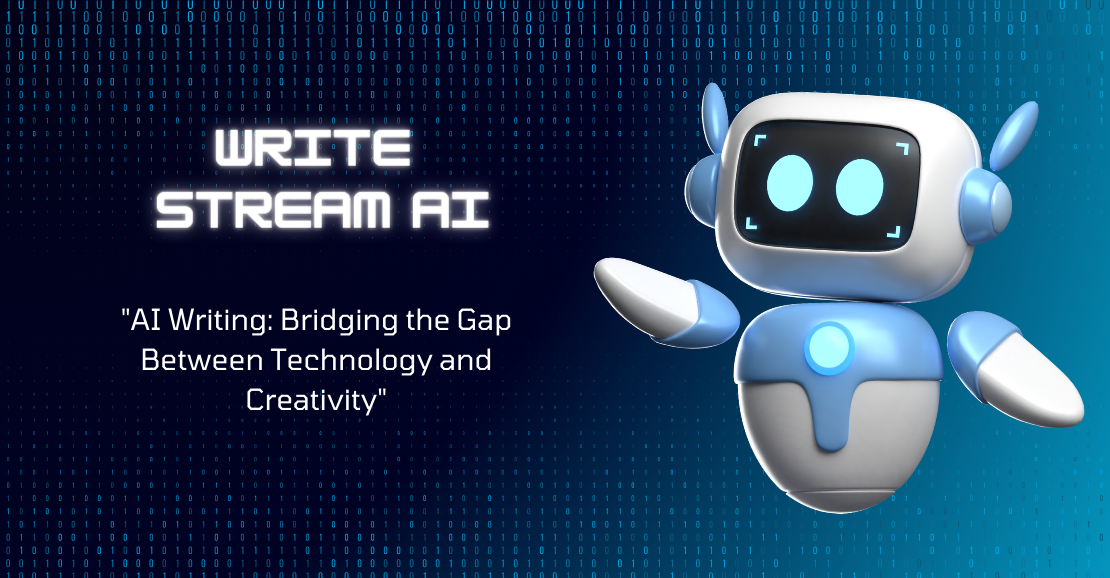AI Writing: Bridging the Gap Between Technology and Creativity
In the age of advanced technology, it is no surprise that artificial intelligence (AI) has made its way into the world of writing. With AI writing, machines are now able to produce content that mimics human writing, raising the question: will AI replace human writers? While the idea may seem daunting to some writers, AI writing actually has the potential to bridge the gap between technology and creativity, enhancing the writing process in ways that were not possible before.
AI writing refers to the use of algorithms and machine learning to generate content. These algorithms are trained on large datasets of human-written content, and are able to analyze and understand patterns and structures in language. This allows AI to generate text that is coherent, grammatically correct, and even creative. In fact, AI writing has become so advanced that it is difficult to differentiate between AI-generated content and human-written content.
One of the main advantages of AI writing is its speed and efficiency. With the ability to produce content at a much faster rate than humans, AI can assist in time-consuming tasks such as research and data analysis. This frees up time for writers to focus on the more creative aspects of writing, such as developing unique ideas and crafting engaging narratives. AI can also help writers overcome writer's block by suggesting ideas and providing inspiration based on the data it has analyzed.
Another benefit of AI writing is its ability to adapt to different styles and voices. With the use of natural language processing, AI can learn and mimic the writing styles of different authors. This allows for a more diverse range of content to be produced, ensuring that readers are engaged and interested. Additionally, AI can be trained on particular keywords and topics, making it a valuable tool for content marketers and SEO writers.
Interestingly, AI writing has also shown potential in enhancing creativity. By analyzing vast amounts of data and identifying patterns, AI can generate unique and creative ideas that may not have been thought of by humans. This does not mean that AI will replace human creativity, but rather act as a collaborative partner in the creative process. With the use of AI, writers can push boundaries and explore new possibilities, resulting in more original and thought-provoking content.
Moreover, AI writing has the potential to bridge the gap between different languages and cultures. With the ability to translate text accurately and efficiently, AI can break down language barriers and allow for the exchange of ideas on a global scale. This can lead to a more diverse and inclusive writing community, where writers from different backgrounds can collaborate and share their unique perspectives.
However, there are concerns that AI writing may replace human writers in the future. While it is true that AI can produce content at a faster rate and with less errors, it lacks the human connection and emotion that is essential in good writing. Writing is a form of self-expression and AI may not be able to fully capture the voice and personality of a human writer. Additionally, the use of AI writing may lead to a decrease in originality and diversity in writing, as the algorithms are trained on existing content and may inadvertently produce similar ideas.
In conclusion, AI writing presents a promising opportunity to bridge the gap between technology and creativity. By utilizing AI to assist in tasks such as research and idea generation, writers can focus on the more artistic aspects of writing. AI also has the potential to enhance diversity and collaboration in the writing community. However, it is important to remember that AI should be seen as a complementary tool rather than a replacement for human writers. With the right balance, AI writing can be a valuable asset in the world of writing.























Write your comment
Cancel Reply